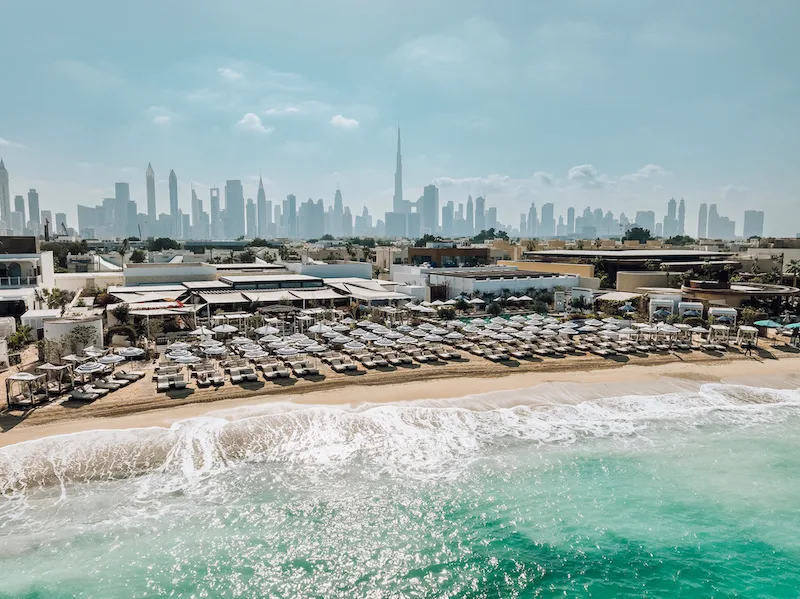A thirst for scientific knowledge is probably not the first thing that comes to anyone’s mind when they think of Versailles, but the exhibition Versailles: Science and Splendour at the Science Museum in London proves how interested the French monarchy of the 17th and 18th centuries was in this topic.
The French kings realised that technology and scientific leadership were allies of power and prestige. From Louis XIV’s creation of the Academy of Sciences in 1666 to Louis XVI’s ordering of La Pérouse’s expedition to the Pacific in 1785, Versailles: Science and Splendour explores the scientific spirit of these monarchs and their courts.
Particular attention is given to the role of women in science, such as the pioneering midwife Madame du Coudray and Emilie du Châtelet, the eminent physicist and mathematician who translated Isaac Newton’s Principia.



From the left: Eclipsarium © Bibliothèque Nationale de France; Planetarium © Bibliothèque Nationale de France; and Atlas carrying a celestial globe © Château de Versailles, Dist. RMN.
The exhibition at the Science Museum is divided into three main topics. The first, Harnessing Science, focuses on the exploration of time and space. It is here that visitors can also discover the monumental gardens of Versailles in a new light. Louis XIV built spectacular fountains and water features, which required significant hydraulic engineering and mathematic expertise.
The second is Understanding Nature. Often spurred by the luxurious and demanding taste of the kings, botanists and engineers would work together to grow exotic fruits and zoologists would look after probably the most pampered menagerie in the world, which at the time of Louis XV included a rhinoceros.
More importantly, though, the support of these kings was crucial to the development of medical advances. For example, Louis XVI got himself and his whole family vaccinated against smallpox and Louis XV supported the training of midwives across France to reduce infant mortality and grow a populous and strong kingdom.


From the left: Jean-Dominique Cassini’s Map of the Moon, engraved by Jean Patigny after Jean-Dominique Cassini, 1679 © Observatoire de Paris; and view of the Marly Machine which supplied Versailles’ fountains with water from the Seine, by Pierre-Denis Martin, 1722-23 © Château de Versailles, Dist. GrandPalaisRmn / Jean-Marc Manaï.
The final topic, Embracing Knowledge, shows how royal families were educated in physics, mathematics and chemistry. Their example was followed by the aristocracy and even the bourgeoisie, always aspiring to rub shoulders with their “betters”.
Versailles: Science and Splendour also reflects the court’s taste for spectacle. The palace provided an influential platform for scientific figures to present their work, as well as for the kings to display their power through extraordinary demonstrations, such as the flight of Etienne Montgolfier’s hot-air balloon at Versailles in 1783.
Versailles: Science and Splendour
The Science Museum, Exhibition Road, London SW7 2DD
12th December 2024 – 21st April 2025
Further information and tickets, HERE.
Author: Lavinia Dickson-Robinson
Opening image: Ascent of a Montgolfier balloon with a sheep, cock and a duck. © Science Museum Group. The image cropped from the original due to formatting limitations.

















Show Comments +